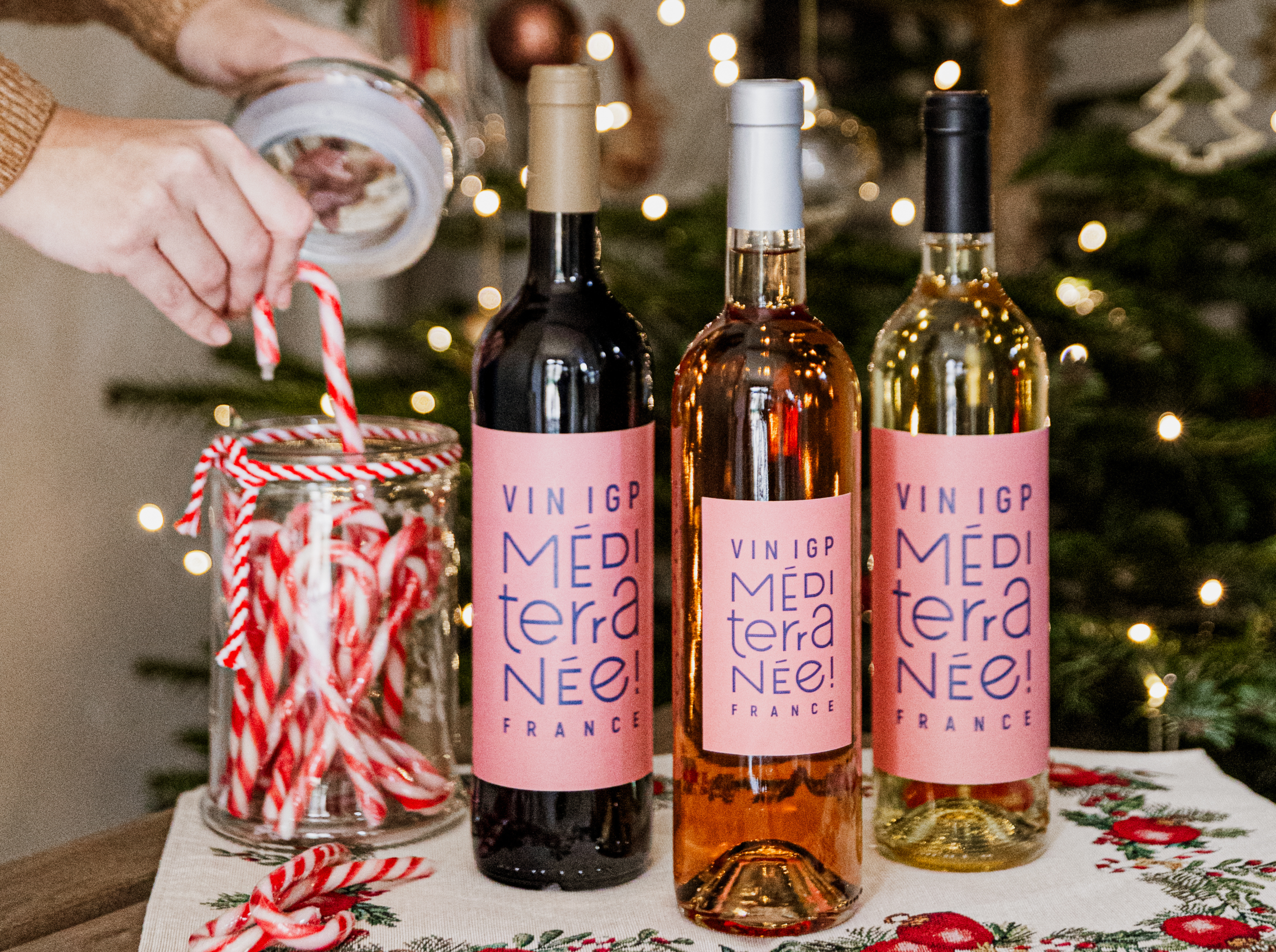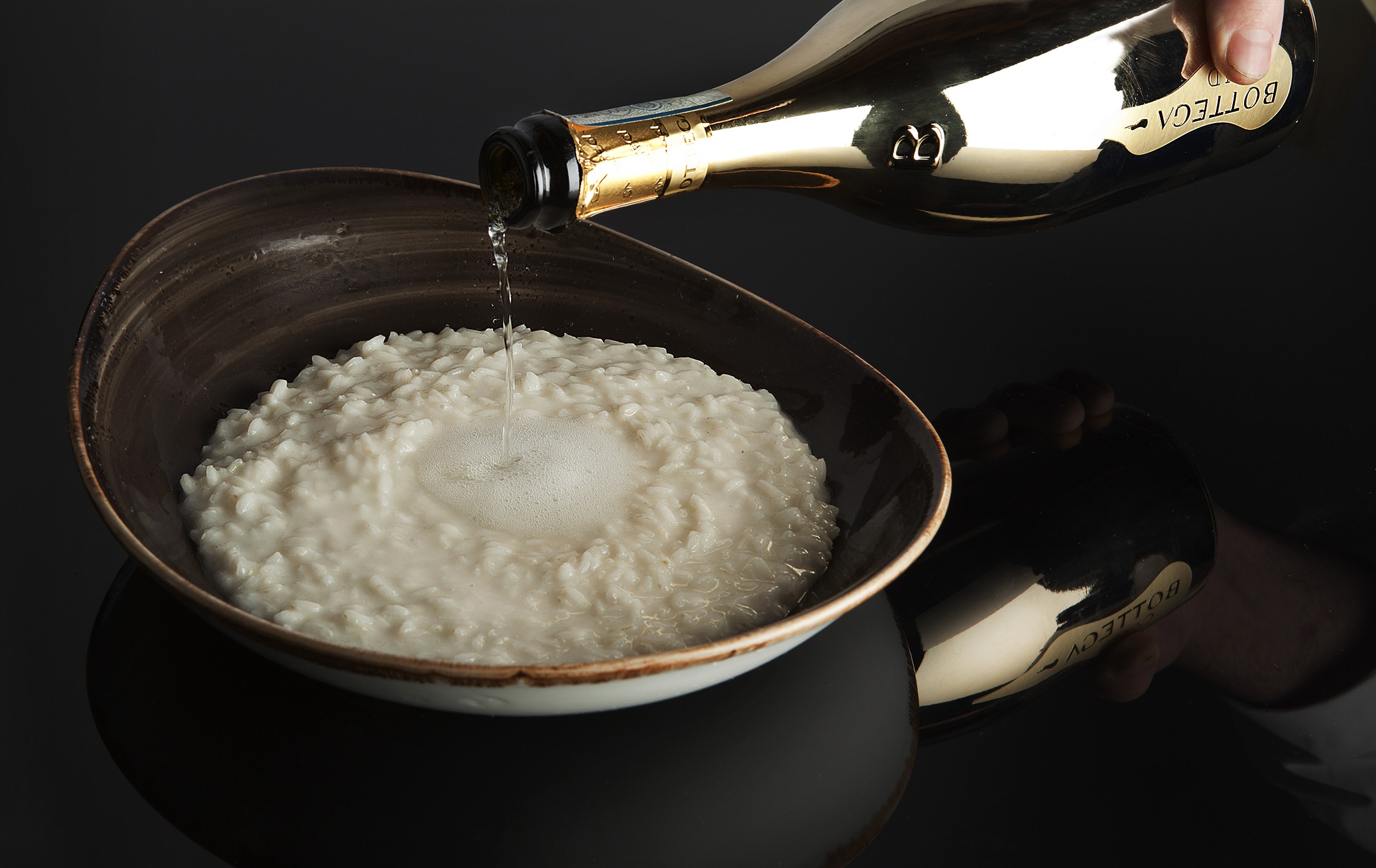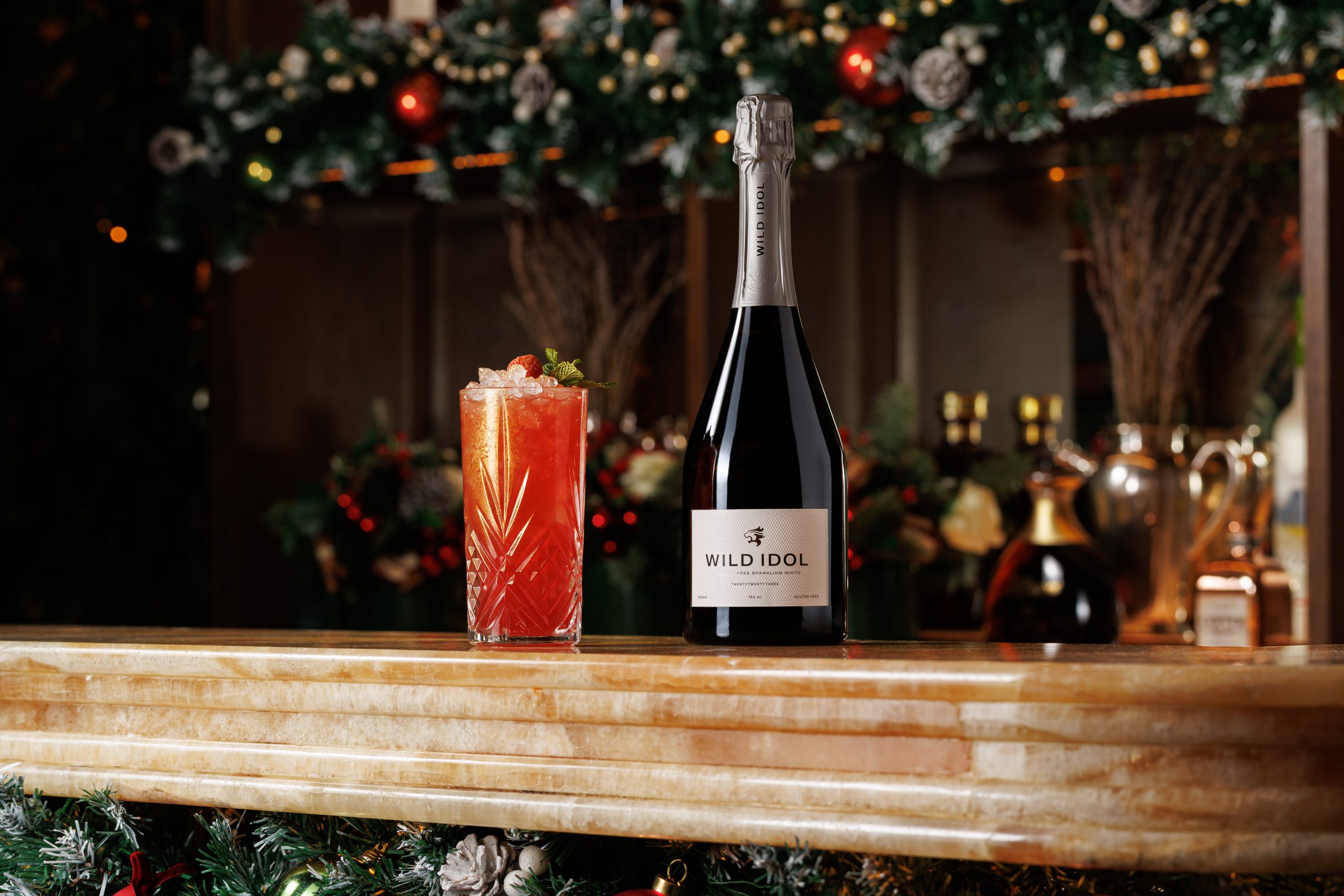Tim Wildman MW: Pét-Nat is ‘more democratic’ than Prosecco
Pétillant Naturel or ‘Pét-Nat’, the lightly fizzy sparkling wine that has been made immensely popular among certain wine circles, is slowly shoring up interest in Hong Kong, with Tim Wildman MW arguing that the natural wine category is a more “democratic” option compared to Champagne or Prosecco.
Different from ‘méthode traditionnelle’ in Champagne, Pét-Nat is made using what is known as ‘méthode ancestrale’ or ancestral method, a simpler but less controlled fermentation method often made without the addition of sulphur or chemicals. The wine is bottled when first fermentation has not yet finished, and continues to finish its second fermentation in bottle without disgorgement, resulting in a wine that’s often less bubbly, and hazier compared to other sparkling wines.
“The acidity is not too high, not like Champagne, the pink wine is almost like a Bellini,” explains Tim Wildman MW, when referring to his pink-coloured Pét-Nat, ‘Astro Bunny’, made from Vermentino, Nero d’Avola and Muscat in South Australia’s Riverland.
“I also think one of the reasons why it’s so popular in Australia particularly with the millennial generation is that you don’t need any wine knowledge to appreciate Pét-Nat. You don’t have to know the grapes, the regions. Every Pét-Nat is very different, there’s no consistency of style …I think its very democratic…They are not trying to be Champagne and Prosecco, which was very popular in any market. But it’s a different interpretation. Pét-Nat is almost like the country cousin of Prosecco and hipper sister of Champagne, and that’s where it fits,” he continued.
The popularity of Pét-Nat in Australia is reflected in the number of Pét-Nat producers. When Wildman started his project in 2014, he recalled less than five producers in Australia making the fizzy natural wine, now the number has ballooned to more than 100, he said.
Fruit-driven and low in alcohol, the pink-coloured fizz has what Wildman calls a “watery quality” to it, a compliment not a complaint, he emphasised. Its production method is likened to beer, something that would hopefully appeal to more beer drinkers as well, he says, calling it “a gateway wine for beer drinkers”.
“It’s a fun wine, not a fine wine,” he stressed, as if preempting the naysayers.
Instead of Shiraz, the winemaker decided to work with Italian grape varieties such as Vermentino and Nero d’Avola.
Partner Content
The reason, as he explained when asked by dbHK, is primarily to retain good acidity in South Australia’s hot and arid summer as the two Italian varieties have been well adapted to Italy’s hot Sardinia and Sicily.
“I am not using sulphur and this is potentially quite risky, so things can can go badly wrong. You would need all the help you can get. The most important thing when you are working with no sulphur is that you need to get good acidity. With a low level of PH, the environmental risk for bacteria to grow is reduced,” he explained, adding that as Australia is getting hotter and hotter each year, heat-resistant grapes such as Sicily’s Nero d’Advola and Sardinia’s Vermentino might be a better fit to the country’s changing climate.
In comparison, he continued, “Shiraz just collapses in the vineyards in the heat, you need to pump on gallons of water. You look at Nero on a hot day, it’s standing straight up, firm, looking good, and crucially it holds acid, when you pick the fruit, it’s in better condition and when it comes to the winery, you don’t have to do any adjustments.”
His ‘Heavy Pétting’ is a fizzy red made from 99% Nero d’Avola and 1% Zibibbo or Muscat of Alexandria.
The grapes for the wines are sourced locally from growers and made in a contracted facility, Wildman said. Production of the two wines has grown to around 13,500 bottles after the initial vintage’s 4,000.
The wines are exported to seven markets including Hong Kong, Japan, Singapore, the UK, Denmark, Canada and the US, starting from the latest 2018 vintage.




